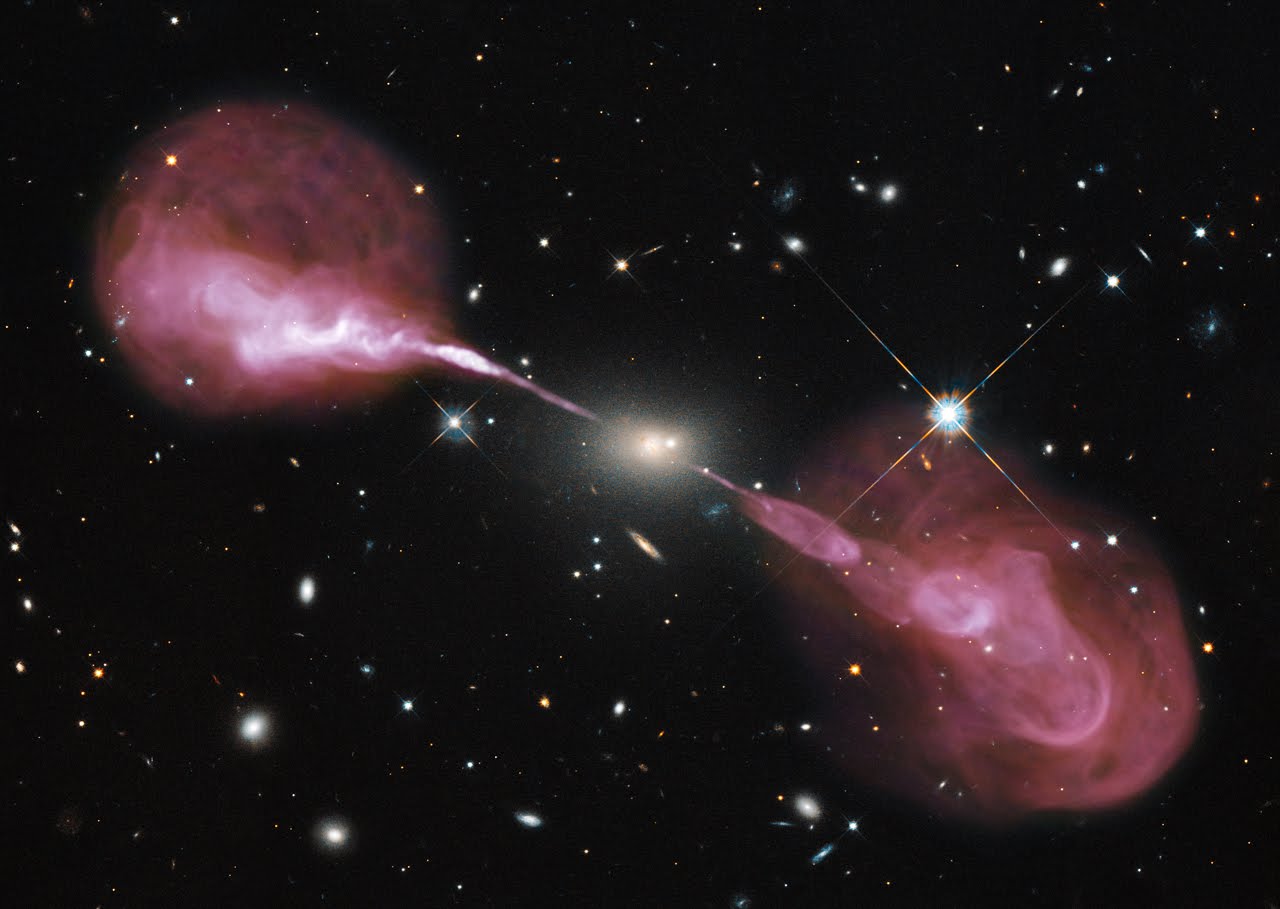I refer to:
http://www.obs-nancay.fr/Le-Reseau-Decametrique-de-Nancay-support-sol-de-la-mission-JUNO.html
With many thanks to Paris Observatory, following is my interpretation of parts of the French text into English:
...Juno will travel though the sources of Jovian radio emission and will be able to study them in situ. To put those local measurements in a more global context, it is necessary to observe the Jovian magnetospheric radio emissions simultaneously from far away and from the polar overflights of Juno. There will be an international collaboration of all the professional decametric radio observatories of the world and some of the experienced amateur observers. The coordination of the collaboration (France, Europe, USA, Ukraine, Japan ...) will be done by Paris Observatory (Meudon, LESIA):
http://maser.lesia.obspm.fr/outils-services/juno-ground-radio/
One instrument in the collaboration is the Decametric Array of the Nancay Radio Astronomy Station of Paris Observatory....a phased array with 144 antennas in the 10 to 40 MHz. It is equipped with a multi channel spectro polarimeter ensuring systematic observations of Jupiter (8 hours per day, 10 to 40 MHz spectra at 0.5 second resolution), supplemented by a receiver specially developed for the Juno support observations with resolution of 3 mili second and 3 kilo hertz. It will allow recording the electric field of the incident waves at very high speed (200 mega samples per second) during short periods of time.
Such coordinated measurements from terrestrial observatories and Juno will allow the study of physical emission processes, and propagation of radio waves (and the auroral processes and interactions between the magnetosphere and the satellites that give birth to the radio waves) with unprecedented precision.
...Juno will approach Jupiter on July of 2016. The first two orbits will last 4 months, in preparation for the following 32 scientific orbits, of 11 days each, until the planned end of the mission on February 2018. Some of the instruments will be destroyed by the radiation belts before the end of the mission.
The Principal Investigator, S. Bolton (South West Research Institute, San Antonio, Texas, USA) coordinates the activities of a group of 56 scientists (co investigators) of which 4 are French, they have collaborators and students who will participate in the analysis of the spacecraft measurements.
Links to Juno related posts:
http://herrero-radio-astronomy.blogspot.com/2016/01/links-to-juno-related-posts.html?m=1
Thursday, February 25, 2016
Sun Earth Jupiter 20160225
Many thanks to: STEREO and WIND
Teams, Taxpayers of France, French Air Force, Nancay Decametric Array
Team at the Nancay Radio Astronomy Station of Paris Observatory, Prof.
Dr. Kazumasa Imai Kochi National College of Technology Kochi Japan,
Trinity College Dublin Ireland Astrophysics Group, United States NOAA
SWPC, NASA Solar Dynamics Observatory Teams, Lockheed Martin Solar Laboratory
...
...
Wednesday, February 17, 2016
Sun Earth Jupiter 20160217
Many thanks to: STEREO and WIND
Teams, Taxpayers of France, French Air Force, Nancay Decametric Array
Team at the Nancay Radio Astronomy Station of Paris Observatory, Prof.
Dr. Kazumasa Imai Kochi National College of Technology Kochi Japan,
Trinity College Dublin Ireland Astrophysics Group, United States NOAA
SWPC, NASA Solar Dynamics Observatory Teams, Lockheed Martin Solar Laboratory
...
...
Links to earlier combined Sun, Earth, Jupiter posts:
Saturday, February 13, 2016
Temporal Evolution of the Vela Pulsar's Pulse Profile - Palfreyman et al.
I take note of this very interesting study:
Palfreyman, J. L.; Dickey, J. M.; Ellingsen, S. P.; Jones, I. R.; Hotan, A. W., February 2016 :
http://arxiv.org/abs/1602.01899
http://adsabs.harvard.edu/cgi-bin/bib_query?arXiv:1602.01899
23 references at:
http://adsabs.harvard.edu/cgi-bin/nph-ref_query?bibcode=2016arXiv160201899P&refs=REFERENCES&db_key=PRE
Abstract: "The mechanisms of emission and changes in rotation frequency ('glitching') of the Vela pulsar (J0835-4510) are not well understood. Further insight into these mechanisms can be achieved by long-term studies of integrated pulse width, timing residuals, and bright pulse rates. We have undertaken an intensive observing campaign of Vela and collected over 6000 hours of single pulse data. The data shows that the pulse width changes with time, including marked jumps in width after micro-glitches (frequency changes). The abundance of bright pulses also changes after some micro-glitches, but not all. The secular changes in pulse width have three possible cyclic periods, that match with X-ray periodicities of a helical jet that are interpreted as free precession."
Palfreyman, J. L.; Dickey, J. M.; Ellingsen, S. P.; Jones, I. R.; Hotan, A. W., February 2016 :
http://arxiv.org/abs/1602.01899
http://adsabs.harvard.edu/cgi-bin/bib_query?arXiv:1602.01899
23 references at:
http://adsabs.harvard.edu/cgi-bin/nph-ref_query?bibcode=2016arXiv160201899P&refs=REFERENCES&db_key=PRE
Abstract: "The mechanisms of emission and changes in rotation frequency ('glitching') of the Vela pulsar (J0835-4510) are not well understood. Further insight into these mechanisms can be achieved by long-term studies of integrated pulse width, timing residuals, and bright pulse rates. We have undertaken an intensive observing campaign of Vela and collected over 6000 hours of single pulse data. The data shows that the pulse width changes with time, including marked jumps in width after micro-glitches (frequency changes). The abundance of bright pulses also changes after some micro-glitches, but not all. The secular changes in pulse width have three possible cyclic periods, that match with X-ray periodicities of a helical jet that are interpreted as free precession."
Labels:
Pulsar Profiles,
Pulsars,
References to Papers
Friday, February 12, 2016
Sun Earth Jupiter 20160212
Many thanks to: STEREO and WIND
Teams, Taxpayers of France, French Air Force, Nancay Decametric Array
Team at the Nancay Radio Astronomy Station of Paris Observatory, Prof.
Dr. Kazumasa Imai Kochi National College of Technology Kochi Japan,
Trinity College Dublin Ireland Astrophysics Group, United States NOAA
SWPC, NASA Solar Dynamics Observatory Teams, Lockheed Martin Solar Laboratory
...
...
Links to earlier combined Sun, Earth, Jupiter posts:
Monday, February 8, 2016
Sun Earth Jupiter 20160208
Many thanks to: STEREO and WIND
Teams, Taxpayers of France, French Air Force, Nancay Decametric Array
Team at the Nancay Radio Astronomy Station of Paris Observatory, Prof.
Dr. Kazumasa Imai Kochi National College of Technology Kochi Japan,
Trinity College Dublin Ireland Astrophysics Group, United States NOAA
SWPC, NASA Solar Dynamics Observatory Teams, Lockheed Martin Solar Laboratory
...
...
Links to earlier posts by month:
.Sun Earth Jupiter.
Subscribe to:
Posts (Atom)
























































